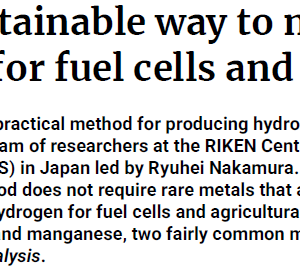
THE CRYSTALLOGRAPHIC EVOLUTION IN THE URANIUMZIRCONIUM SYSTEM
₩4,000
Metallic uranium-zirconium (U-Zr) nuclear fuel is a primary candidate for future fast reactors. The U-Zr system has been studied for decades with thousands of fuel pins being irradiated, yet the phase boundaries and lattice evolution with respect to temperature and composition remain poorly quantified. Historic engineering scale testing has resulted in empirical models for fuel evolution and subsequent fuel performance. However, these historic tests are on a convoluted system, consisting of dynamic temperatures, evolving thermal gradients, varying irradiation damage and damage rates, evolving compositions via fission and redistribution of primary constituents, and morphological evolution. This system proves exceedingly difficult to describe mechanistically due to the coexistence of various intertwined thermodynamic driving forces (e.g., temperature, composition, fluence, and fission rate which all vary concurrently). The driving forces influence the manifestation of the primary life-limiting phenomena present within the U-Zr system, specifically fuel-cladding mechanical interaction, fuel-cladding chemical interaction, fuel swelling, and fuel constituent redistribution. Although the phenomena present in the U-Zr system are known and qualitatively described, they are lacking in fundamental descriptions due to the historic inability to deconvolve the effects of temperature, composition, and fission rate. This study evaluates the current understanding of U-Zr fuel swelling and constituent redistribution in a uniquely quantified manner using Phenomena Identification and Ranking Tables.





상품평
아직 상품평이 없습니다.